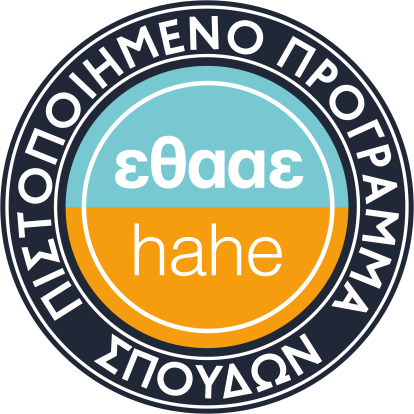Με ιδιαίτερη επιτυχία ολοκληρώθηκαν οι εργασίες του 19th Patras Workshop on Axions, WIMPs and WISPs, που διοργάνωσε το Τμήμα Φυσικής στο Συνεδριακό Κέντρο του Πανεπιστημίου, υπό την εποπτεία του Ομότιμου Καθηγητή του Τμήματος κ. Κωνσταντίνου Ζιούτα.
Στο συνέδριο περιλάμβανε μια σειρά από παρουσιάσεις στις νέες ανακαλύψεις για τη σύγχρονη σωματιδιακή φυσική και τη σκοτεινή ύλη.
Ακολουθεί η σύνοψη των αποτελεσμάτων του συνεδρίου από τον Καθηγητή κ. Ιωάννη Σεμερτζίδη, Διευθυντή του Center for Axion and Precision Physics Research (CAPP), Institute for Basic Science (IBS), Korea Advanced Institute of Science and Technology (KAIST):
“It is truly impressive to see the remarkable progress presented at this meeting, especially when compared to last year’s discussions. The advances in axion dark matter research have significantly expanded the physics reach and motivation of the field. Furthermore, all attempts to address the strong CP problem have strengthened our confidence in axions as the most compelling solution. Surjeet Rajendran’s great talk emphasized this, demonstrating with great clarity that the strong CP problem remains unresolved, and the axion stands as the most plausible solution.
The question of dark matter continues to be one of the most VISIBLE and challenging problems in particle physics, and the progress made here was evident. Sownak Bose’s brilliant presentation, highlighted by his crisp and engaging animations, made this abundantly clear. Doser’s talk from CERN also showed that the main stream particle physicists are taking notice and don’t want to miss the fun in this exciting field.
The ongoing efforts in existing experiments such as ADMX, CAPP, CASPER, and the tremendous strides made in new initiatives like ALPHA, QUAX, MADMAX, and BREAD (among many others) show that progress and interest in the axion field continues to grow rapidly. Clearly, we can now be optimistic that we will probably see the axion or axion-like particle in not so long time, within the next ten or twenty years. The sheer number of presentations, particularly from first-time speakers and young researchers, is something I am especially proud of. It is clear that this is a vibrant field filled with excitement, innovation, and the best environment for learning and advancing physics.
Even WIMP searches, despite the incredible progress made to date, continue to push boundaries with improved sensitivities, now reaching into the domain of the primordial neutrino background, presenting new challenges and opportunities for discovery.
In conclusion, I believe this meeting has been a great success. The wealth of ideas shared here motivates us to continue pushing forward, and I am confident that the next meeting will be just as exciting. I look forward to seeing the continued developments and breakthroughs in this field.”



